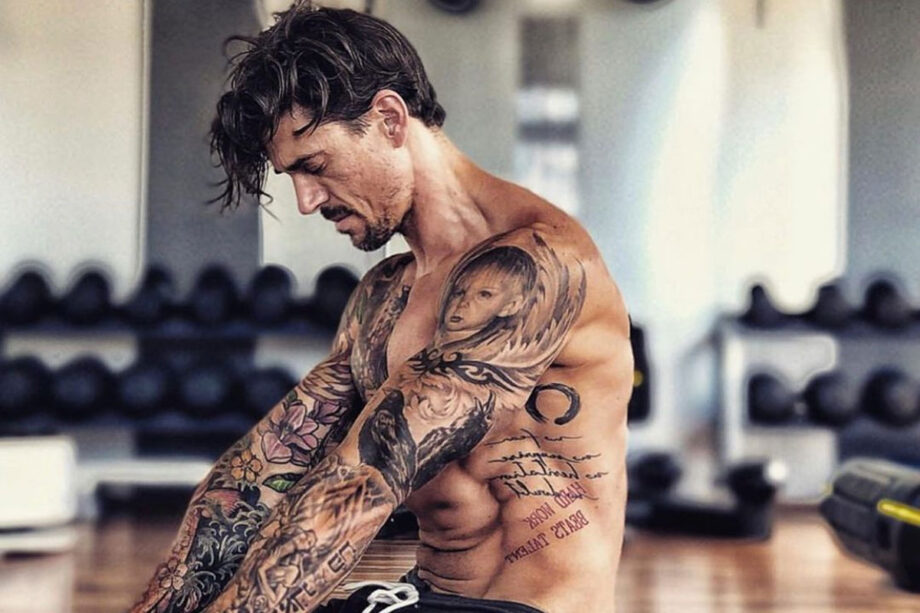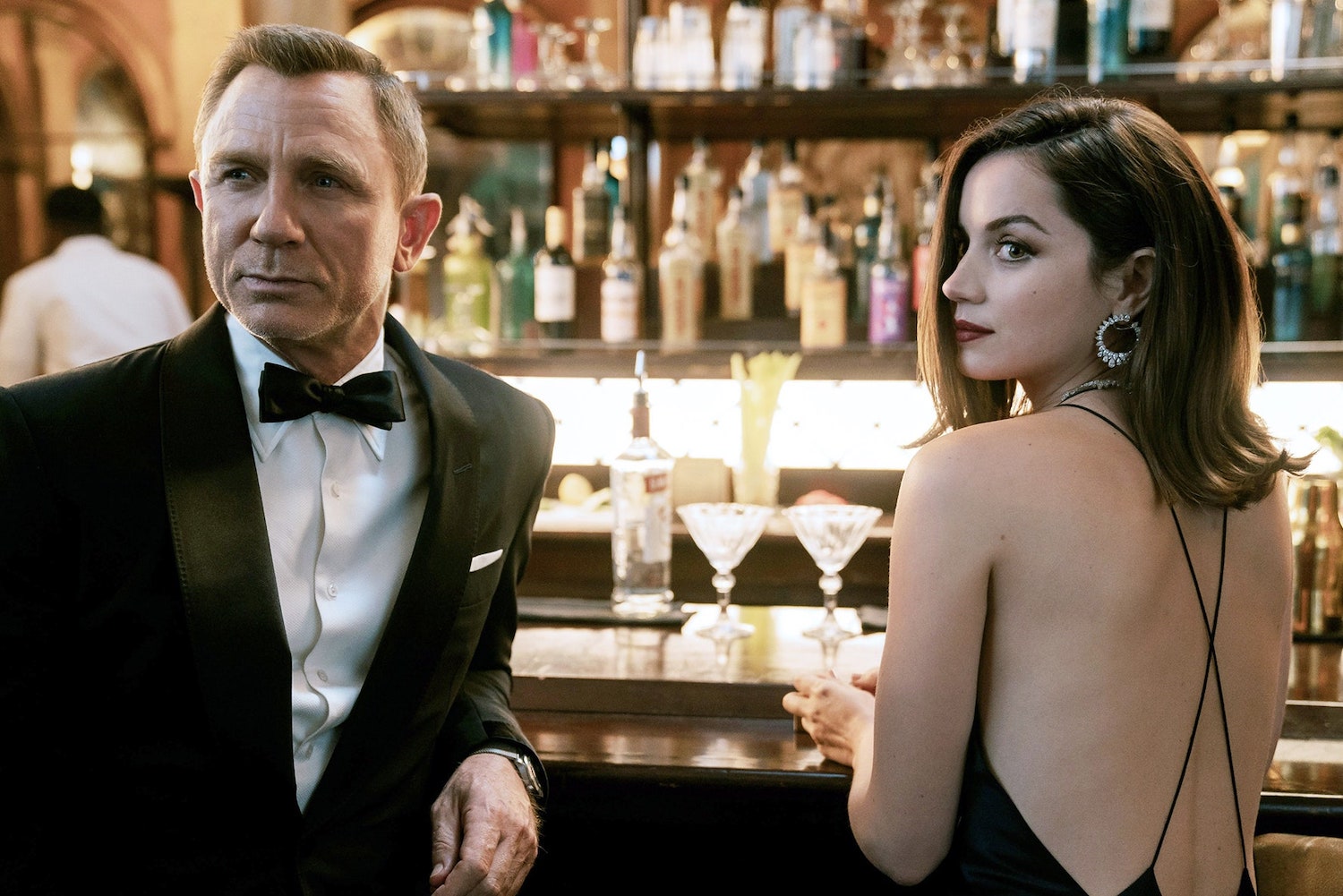Lifting weights and drinking protein shakes may be important factors in helping you to achieve muscle growth, but they're not the be-all and end-all if you're looking to become physically stronger.
This is because muscle growth is the result of hypertrophy, the biological process that occurs when you lift weights, causing damage to the muscle fibres which are then repaired by the body, resulting in increased size. But muscle size isn't necessarily an indicator of strength. An increase in strength comes from unlocking its full potential of the muscle mass you already possess.
While there will unsurprisingly be some crossover, the goals you have, whether they be to appear incredibly muscular or to simply be as strong as possible, will require different training programs.
But to take full advantage of your training program, and to be able to perform to the absolute best of your ability, you should also make sure you're performing daily stretches to keep your muscles in tip-top shape. This is because when you stretch your muscles (safely), you lengthen them to a point where they are in a 'prime' state.
When you train – whether it be your full, routine workout or even something as simple as going for a walk or run – with your muscles in this prime state, they will strengthen, which in turn will allow you to lift heavier weights because you will have a more stable and strong base.
It relates to flexibility and mobility. These terms are brought up regularly with regards to training, and some trainers may use them interchangeably. However, they are two entirely different things. Flexibility refers to how much a muscle can be lengthened/stretched, whereas mobility relates to how well a joint can move through a range of motion. Improved flexibility can aid improved mobility, but this isn't necessarily the case vice versa.
I, for example, don't have amazing mobility. I train three times a week, but occasionally during certain movements and exercises/lifts, my body will – without me always knowing – put itself into a position to help support said movement. This could be hunching my left shoulder when performing a single-arm dumbbell raise with my right arm. My body doesn't think it is strong in the right arm to perform the lift unaided and so automatically brings other muscles into play to make it easier.
To prevent this from happening in the future, I would need to build up the strength of my right side before attempting the same lift and to do this, I would need to stretch the muscles involved in that movement before performing some lifts that specifically target the right side of my body when in the 'prime' state. This will result in my right side becoming stronger and therefore able to perform the original lift unaided.
You may find you're not particularly mobile on one side of your body compared to the other. Again, using myself as an example, when performing Bulgarian split squats, my left foot, when placed on a bench behind me, automatically shifts away from a central position. To me, it feels normal, but from a third-person perspective, it's not right. The foot should be directly behind me.
This means I don't have a full range of motion around my hips and glutes. A stretch to help combat this is called the seated glue stretch. Whilst I will confess now the induced feeling is what I imagine mild forms of torture to feel like, I can immediately feel the difference after completing a few reps each side.
To perform the seated glute stretch (or at least, the variation that was shown to me by my PT) you should sit on the floor, hands behind you. Bring one leg over the other at 90-degrees, so your ankle is the other side of your knee. Then, aim to sit as upright as possible, bringing your back up and bending your knees. With the leg that is crossed at 90-degrees, work to push that knee towards the ground at a slow pace (count to 6, for example) before repeating 8-10 times. Repeat with the other leg.
Performing these sorts of stretches can help prevent what is known as upper and lower cross syndrome. While this is a completely separate topic all of its own, it's still relevant. According to USAPowerlifting, upper and lower cross syndrome describes when muscles in the upper or lower parts of the body, respectively, "become shorter and tighter." This creates a knock-on effect, causing other adjoining muscle groups to also become shorter and tighter.
"What happens then is these problem areas start a bad cycle – they each get worse, making the other worse also. More tight muscles and increased weak muscles. Unless they are halted, they will start to change the composition and integrity of the surrounding joints, muscles, cartilage, nervous structures and other tissues."
How do you recognise or diagnose yourself with upper cross syndrome? "You will see your head going forward, increased cervical curve, protracted shoulders and increased thoracic (mid-back) kyphosis (curve)."
We've already seen how Dave Asprey has promoted a neck muscle-building contraption to help prevent a forward-leaning head.
View this post on Instagram
USAPowerlifting goes on to say how to prevent or cure either cross syndrome, "Stretching and lengthening the tightened muscles is very important, as is strengthening the weakened muscles. You will not see immediate results in doing the above."
"The athlete needs to be consistent with the above regimen, just as it takes hard and consistent training to get strong, it will not happen overnight."
"Continue to do these exercises and you will become stronger as the muscles are able to work more synergistically (together) and decrease the chances of degenerative processes from wreaking havoc on your body and making you weaker."
Read Next
- Three Crucial Stretches To Help Prevent Back Pain
- This Is How Flexible You Can Get In Two Weeks, According To An Expert
Subscribe to the DMARGE newsletter
Follow DMARGE on Instagram
Follow DMARGE on Facebook
The post One ‘Minor Tweak’ To Your Morning Routine Could Massively Increase Your Gains appeared first on DMARGE.
from DMARGE https://ift.tt/37xj8PV








0 comments:
Post a Comment